Last Updated on January 22, 2022 by Heather Hart, ACSM EP, CSCS
I’ve been fortunate enough to have been writing shoe reviews on this blog for the past 5 years. I’ve seen a number of shoes come and go with various claim, from comfort to even correcting running form. But I’ve never seen a shoe claim that it will actually make me run faster…until now. Meet the Aria One. The Swedish born running shoe company boldly claims that runners wearing Airia shave their running times by 1-2 percent (and some of them up to 7 percent), regardless of ability or running style.
I was looking forward to finding out for myself, and graciously accepted the offer to review a pair of Airia Ones. Except upon arrival, it turned out I was sent a pair if men’s shoes. As luck would have it, my wonderful running partner wears the exact same size shoes as me…except in a men’s shoe (so really, not the same size at all). I assigned Geoffrey the task of running in and reviewing the Airia One. He got right to work running in them, though the review has come reluctantly.
Out of the box you can immediately tell that the Airia One is not your typical running sneaker. For lack of better terms, they look like elf shoes. If that isn’t a scientific and biomechanically astute observation, I don’t know what is. The forefoot and toe of the shoe visibly curve upwards.
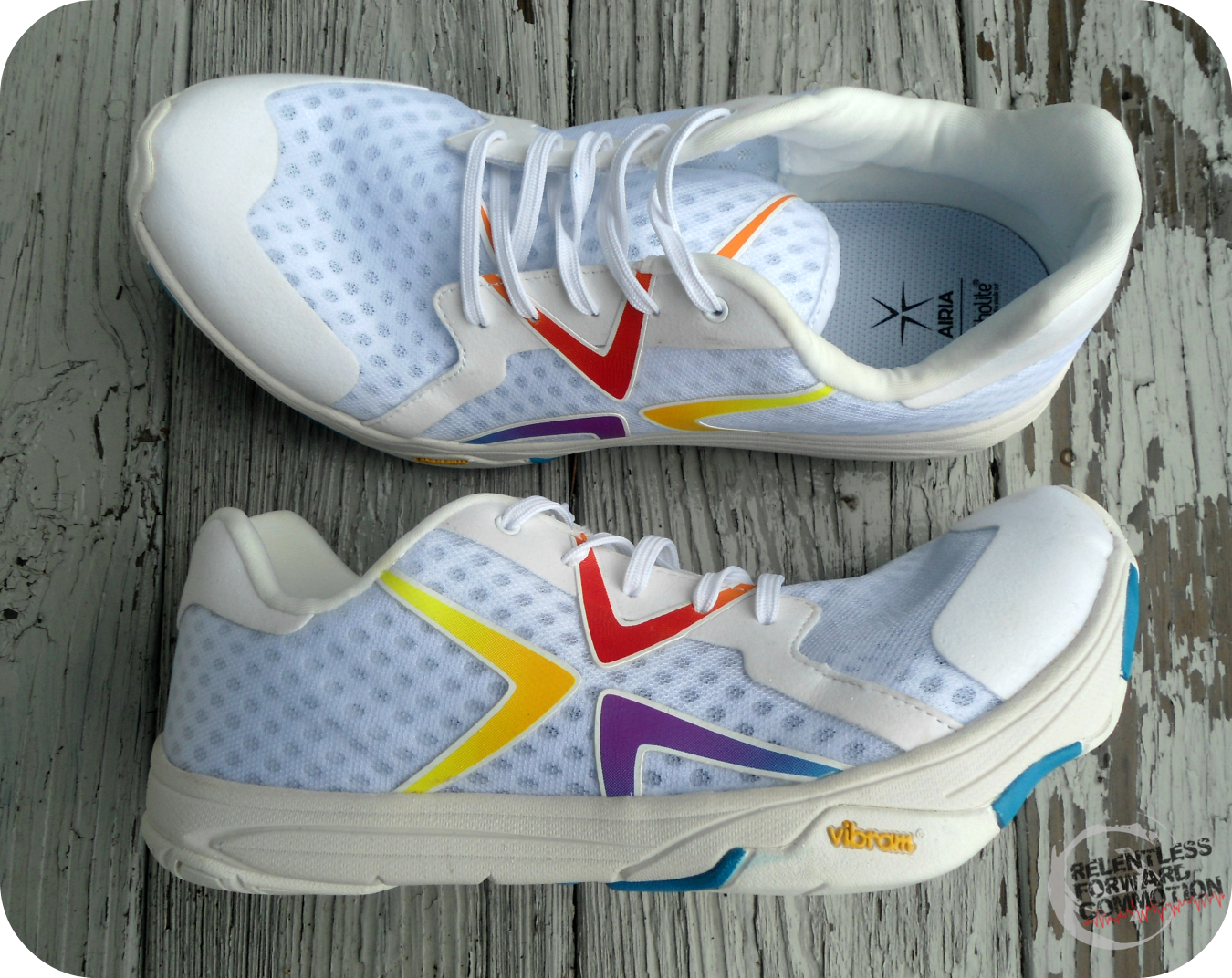
According to Airia, the biomechanically optimized geometry of the shoe, with an unstable and irregular, sharply angled sole to help you move forward as fast as possible. Airia One has an asymmetric design which combines a zero drop with a 6 mm drop sole. The sole is actually thicker on the lateral side than it is on the medial side. The design as a whole allows you to run with less ground contact time and helps to keep the power in the stride more in line with the running direction. In short, the shoe was engineered to alter muscular usage patterns, therefore maximizing your efforts and making you faster (this all according to Airia). I’ll be the first to admit that while I try to cover technical aspects of shoes during reviews, specific biomechanical analysis is not my specialty. For more in depth reviews on the biomechanical claims of this shoe, please refer to this well thought out blog post from Research Running Junkie. Also available is this video from Airia.
SPECS:
- Weight: 9.0 oz. mens / 7.7 oz women’s
- Profile (Heel): 25.4 mm / 25.8 mm
- Profile (Forefoot): 18.2 mm / 17.6 mm
- Drop from heel to forefoot: 7.2 mm / 8.2 mm (source)
- Vibram rubber sole
- OthoLite X40 insoles
- MSRP: $190 (237.50 EU) – only available for purchase online through manufacturer.
Heather Hart is an ACSM certified Exercise Physiologist, NSCA Certified Strength and Conditioning Specialist (CSCS), UESCA certified Ultrarunning Coach, RRCA certified Running Coach, co-founder of Hart Strength and Endurance Coaching, and creator of this site, Relentless Forward Commotion. She is a mom of two teen boys, and has been running and racing distances of 5K to 100+ miles for over a decade. Heather has been writing and encouraging others to find a love for fitness and movement since 2009.
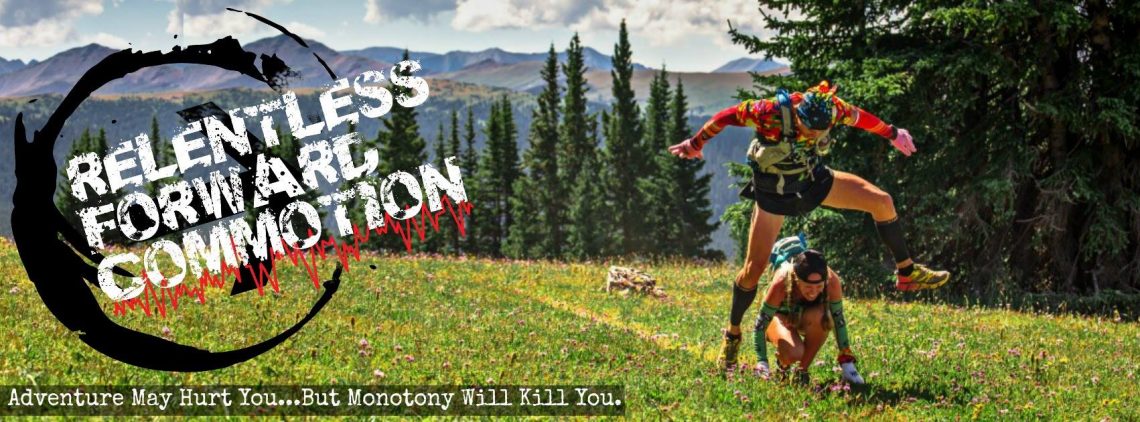
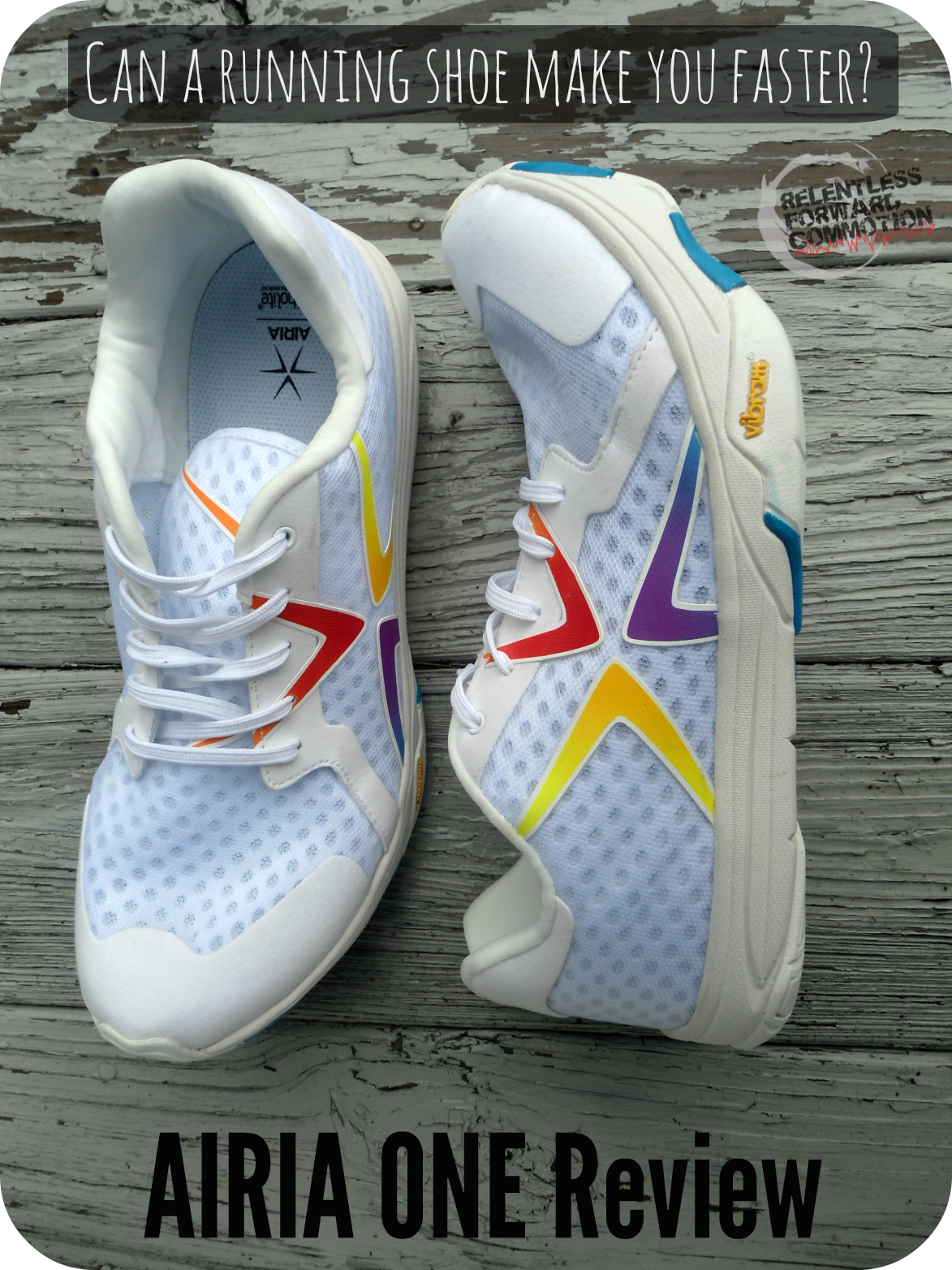
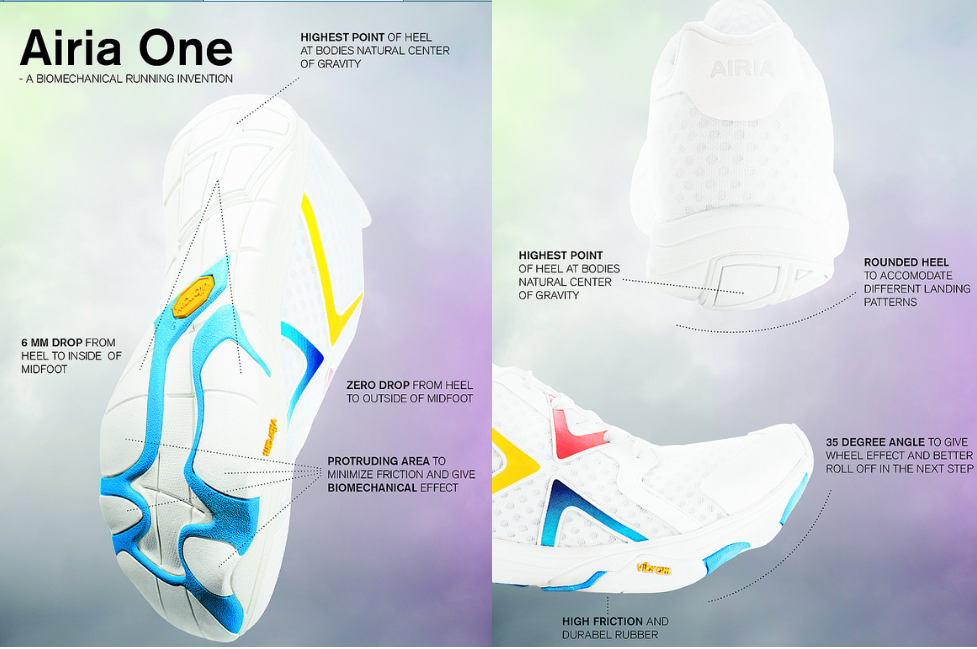
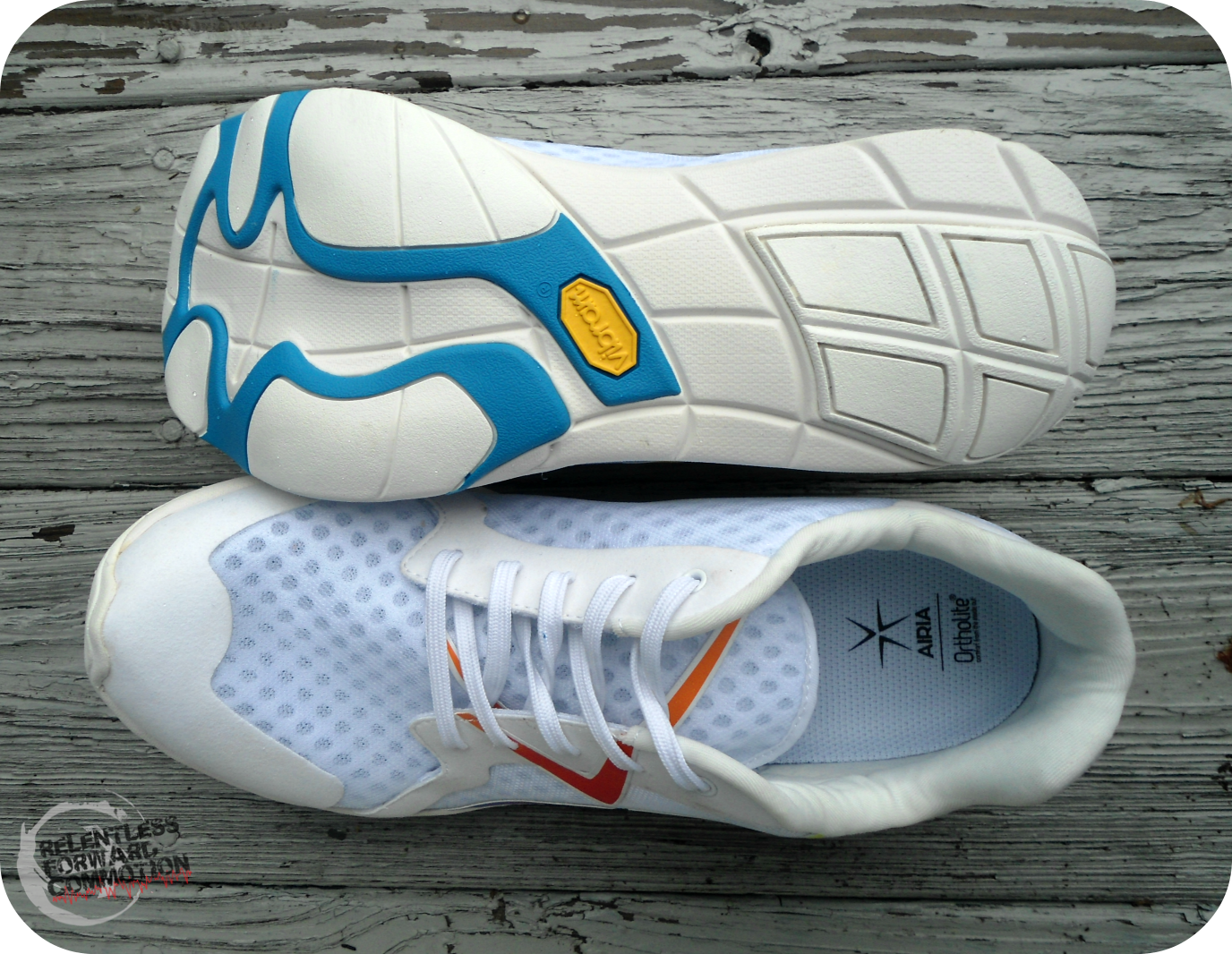
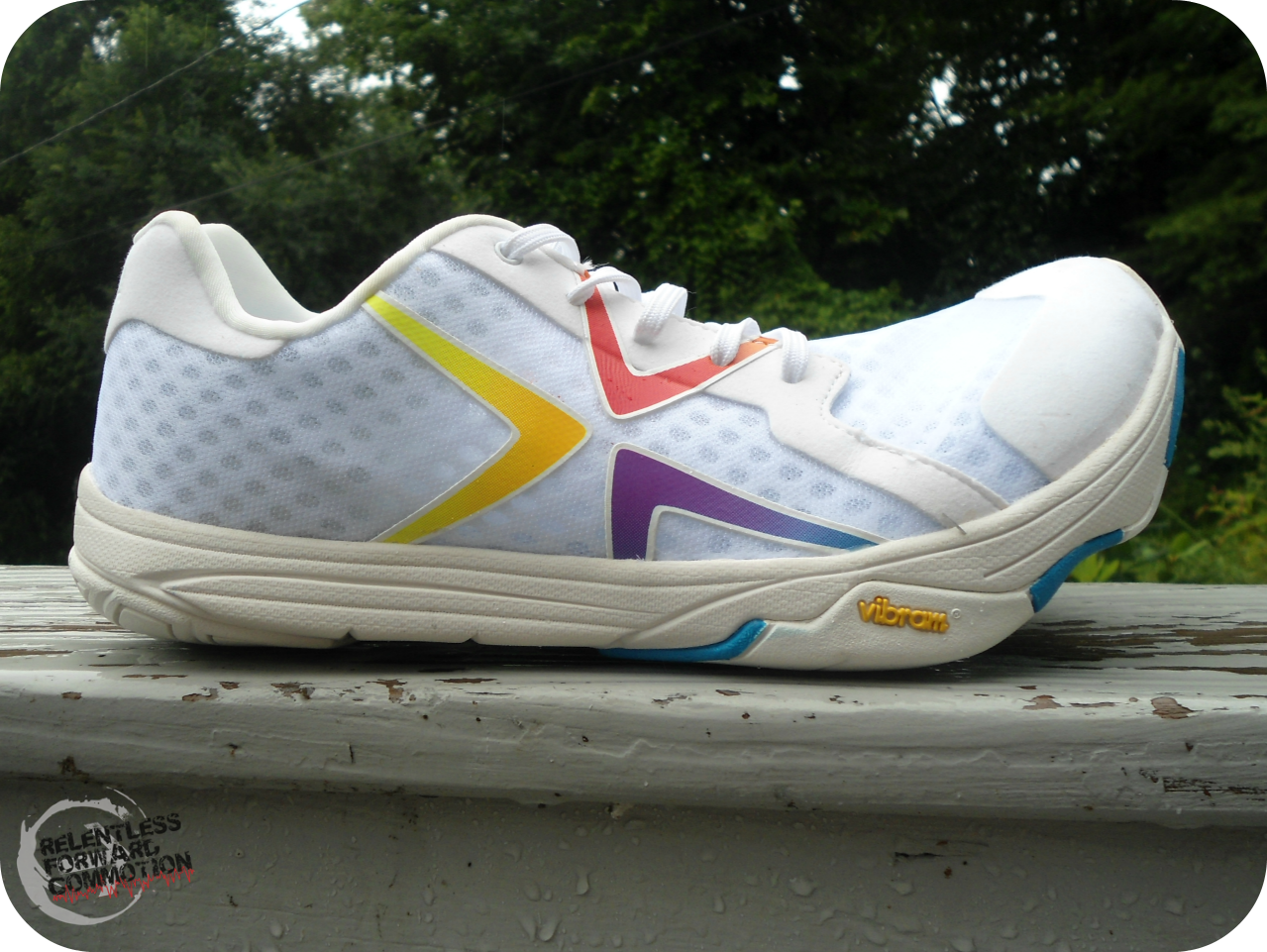
Mindi Fried
Okay, gonna get all science geeky here – dorsiflexion of the big toe initiates the windlass effect of hicks, which allows your foot to turn into rigid a lever on toe off. If you’re running with your toe constantly in dorsiflexion, your foot is going to be rigid through the entire gait cycle. Which may indeed increase your running speed, but it will decrease your proprioception as well as the ability to adapt your foot to terrain changes. So if these are shoes that additionally have very little cushioning and sole extras (like most barefoot running shoes), the concern for me would be damage to the foot that is unable to adapt to different terrains.
Has Geoff used them on trails and road stuff? I’m curious if he noticed a difference with different terrains.
Frank Evans
The first thing I look at when I’m comparing shoes is the upward curve of the toe box. The curvier, the better. This shoe is definitely something I would try.